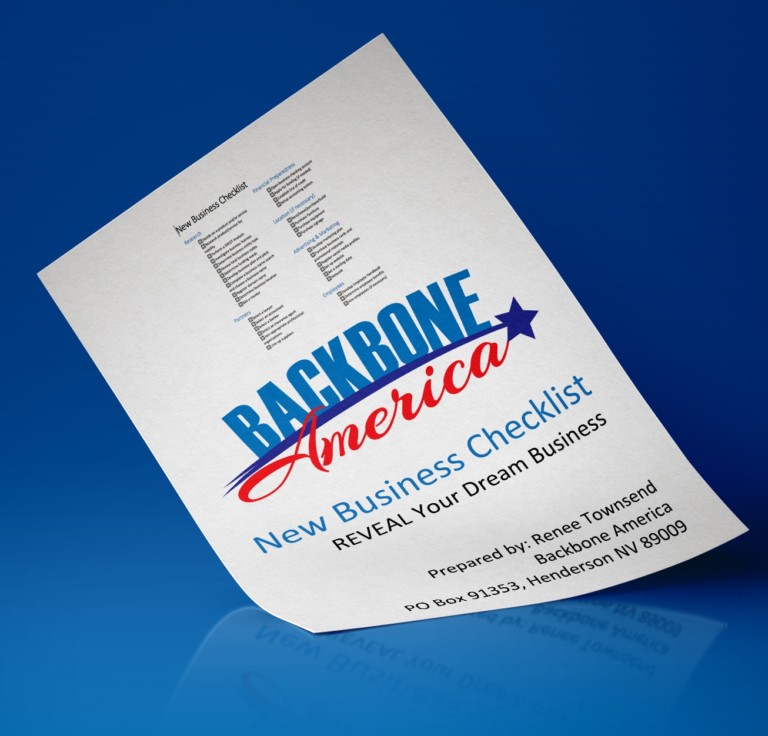[fusion_builder_container hundred_percent=”yes” overflow=”visible”][fusion_builder_row][fusion_builder_column type=”1_1″ layout=”1_1″ background_position=”left top” background_color=”” border_size=”” border_color=”” border_style=”solid” spacing=”yes” background_image=”” background_repeat=”no-repeat” padding=”” margin_top=”0px” margin_bottom=”0px” class=”” id=”” animation_type=”” animation_speed=”0.3″ animation_direction=”left” hide_on_mobile=”no” center_content=”no” min_height=”none” last=”no” hover_type=”none” link=”” border_position=”all”][fusion_text]
Write a Marketing Plan

Market Research
I’ve talked about scattered shot marketing in previous posts. Basically, this type of marketing is like throwing mud at the wall and seeing what sticks. Even when it is effective, it’s typically costly. Most small business owners and entrepreneurs, don’t have the kind of money it takes to see a return on your investment with the scattered approach. This is where market research comes into play. There are quite a few options you might use to conduct your market research.

Industry Data. Consider using industry data. The web is full of data that’s been collected from recognizable sources. Take advantage of that data to determine trends within your industry.
Internet Research. I like to think the internet had EVERYTHING. Of course thee’s limits to the internet. However, there is quite a bit of information that could help you determine your target market. If you’re willing to take the time to sift through a nice chuck of information readily available, go for it.
Marketing Segment
Channels. One of the activities I’m fond of is teaching social media classes. Those who attend multiple classes often as me how they’re going to keep up fresh content on all the social media sites. My advice to attendees is don’t. It’s important to pick and choose based upon where your clients are looking, how much time you have, the purpose of your marketing (other than to make money), and your personal commitment. For example, if you enjoy Twitter and blogging but not Facebook, there’s no reason you have to use Facebook. The big thing is to be good at what you’re doing, regardless of the platform.

Market Segmenting. There are two approaches you can take to targeting your market segments. One is geographically. The idea to geographic segmenting is to carve out your bit of the market based upon your area. For example, I live in Southwest North Dakota. If I were to do geographic segmenting, I’d want to hit those venues that target SW ND specifically.
The next method is customer segmenting. Customer segmenting relates to targeting those individuals most likely to purchase your goods and/or services. Using Backbone America as an example again, my target market is entrepreneurs pre-startup and small business owners (particularly those in the first 2 years of business). So, I’ll want to find ways to target those individuals at specific points in the business process.
Keep in mind, you don’t have to pick one or the other segmentation method. In fact, it’s in your best interest to use a combination of both. To really plant my stake in the ground, I’m likely going to want to create a name for myself locally, while also targeting entrepreneurs and small business owners. Also, even though my examples target a particular geographic area or customer segment, I would still pick and choose the venues based upon what works in my area and what’s attainable for me.
Marketing Elements

Products (and Services). When I think of products or services, I think of having a niche. That is, what specifically about your products or services makes your company unique. In an earlier post, I talked about differentiating your company. that’s where this comes into play.
Promotion. I talked a bit about this above under channels. This refers to which venues you’re going to use to market your products and services. You’ll also want to consider the best times to reach your customers. Researching the methods your competitors use might provide a bit of insight for how you’ll want to also target consumers.
Price. One thing to keep in mind when it comes to price, large corporations can typically underbid you in pretty much everything. Small businesses can and should compete with large corporations and larger businesses. However, typically not when it comes to price. Small businesses have to be smart about attracting customers.
It’s okay to charge a higher price than competitors. However, small businesses need to offer something in return for those higher prices. This might mean that extra personal touch, being able to be the face of the company, etc. Always keep in mind that you are selling benefits, not features. The benefits are what justifies your prices, not features.
Take for example LivePlan, which is a business planning software I’m quite fond of. Some of the features are the ability to integrate with accounting software, develop pitches, create business plans, etc. The benefits aren’t what it can do, but rather what the end results are for you. For example, when you go to the bank or an investor, you’ll be able to deliver an awesome written pitch or business plan which will help you obtain funding and achieve your dreams of starting a business.

It wasn’t the product converted them. It was the benefits of having me help them, and the benefits of having a particular product (the vacation, the retirement, etc.) The same goes for your business. What are the benefits of using your company’s products and services?
Place. Another word for place is distribution channels. Where can customers purchase your products and services? Do you have a shop, office, virtual office, online store? How are you making your products and services available to customers?
Final Thoughts
There are a lot of elements that go into creating a successful marketing plan. However, if you chip away at each piece, rather than trying to accomplish the big picture in one go, you’ll do fine. Start with researching your market. Once you understand your industry, you’ll have an easier time working through the other pieces.[/fusion_text][/fusion_builder_column][fusion_builder_column type=”1_1″ layout=”1_1″ background_position=”left top” background_color=”” border_size=”” border_color=”” border_style=”solid” spacing=”yes” background_image=”” background_repeat=”no-repeat” padding=”” margin_top=”0px” margin_bottom=”0px” class=”” id=”” animation_type=”” animation_speed=”0.3″ animation_direction=”left” hide_on_mobile=”no” center_content=”no” min_height=”none” last=”no” hover_type=”none” link=”” border_position=”all”][fusion_tagline_box shadow=”no” shadowopacity=”0.7″ border=”1px” highlightposition=”top” content_alignment=”left” link=”https://backboneamerica.com/work-with-me” linktarget=”_self” button=”Let’s talk” title=”Your business won’t grow itself.” description=”It’s time to put together a solid plan.” animation_type=”0″ animation_direction=”down” animation_speed=”0.1″ /][fusion_text][fusion_separator style_type=”shadow” hide_on_mobile=”small-visibility,medium-visibility,large-visibility” class=”” id=”” sep_color=”” top_margin=”” bottom_margin=”” border_size=”” icon=”” icon_circle=”” icon_circle_color=”” width=”” alignment=”center”][/fusion_separator]







